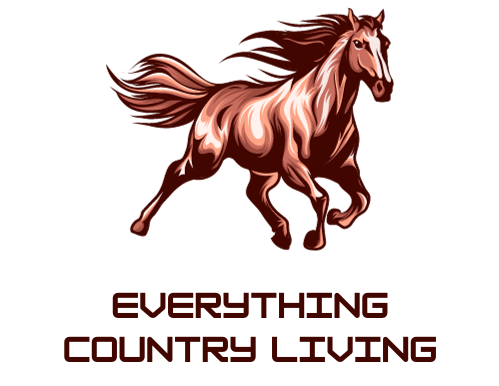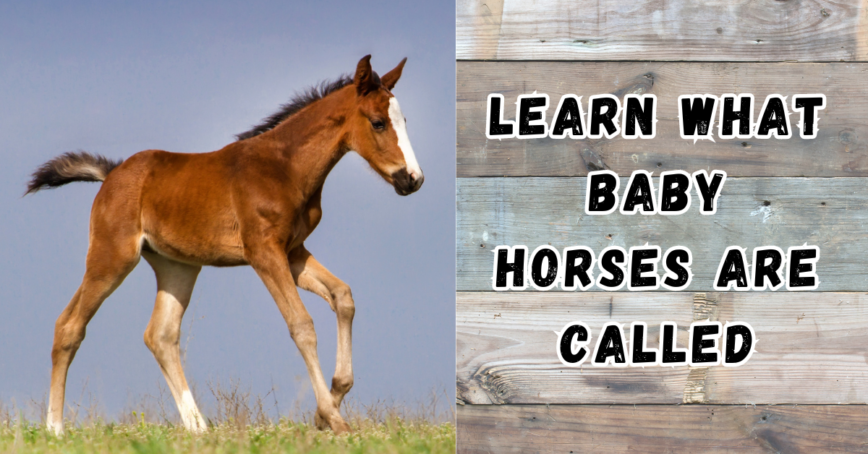
This post will tell you what are baby horses called and other terms like weanling, yearling colt and filly.
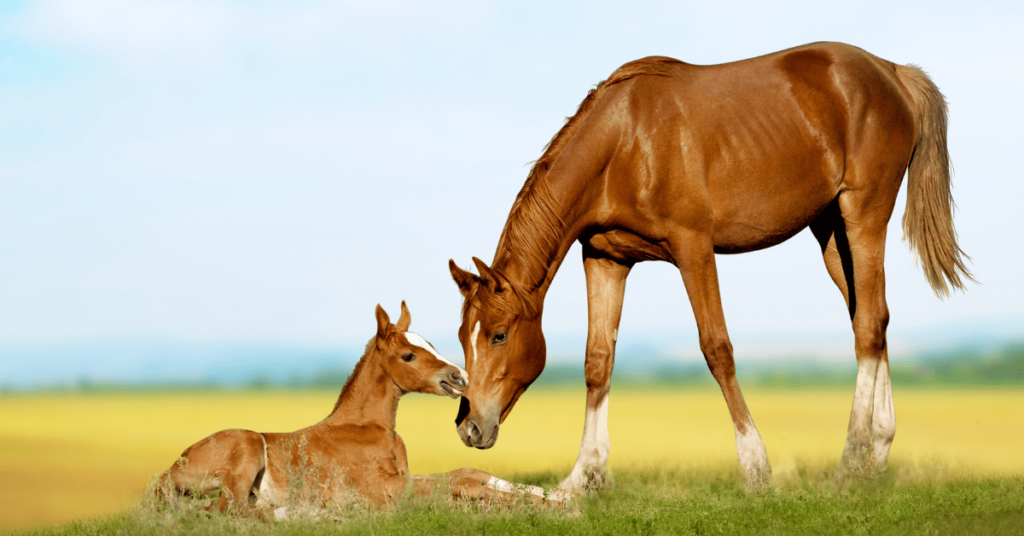
Have you ever been curious about the name for a newborn horse? Many people confuse the terms for horses so lets dive into what are baby horses called. Various terms are used depending on the age and gender of the young horse, making it tricky to identify the correct term.
Here’s a helpful guide that outlines the common terms for a baby horse as it grows. Some of these terms might be familiar, while others are more specific to the horse industry.
Let’s delve into the different names for a baby horse!
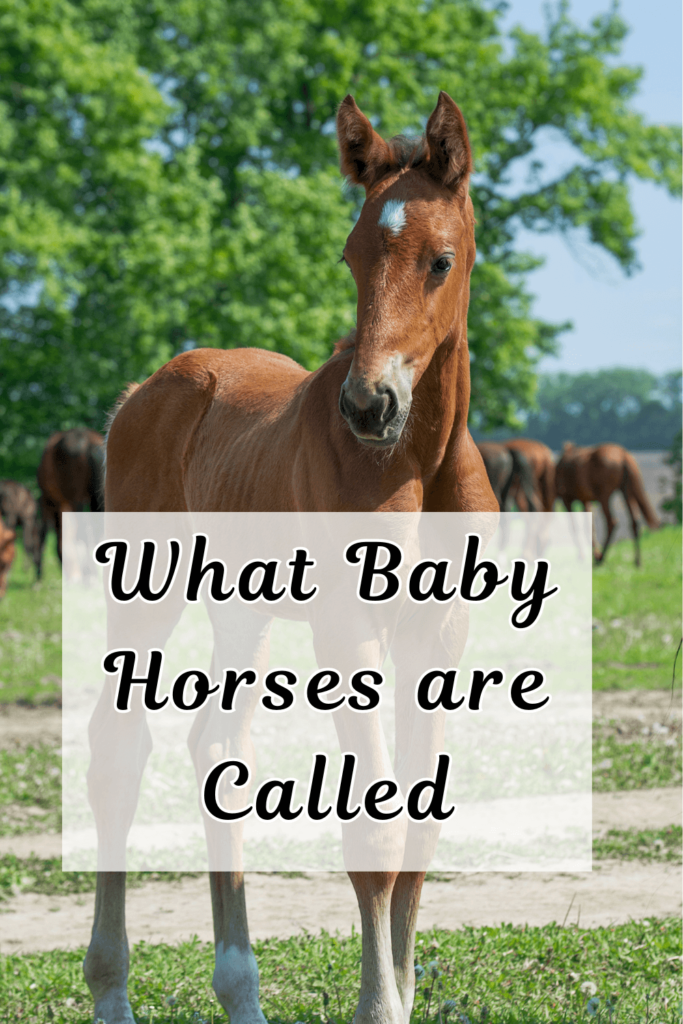
What are baby horses called?
The most familiar term for a newborn horse is “foal.” This general term is used for any young horse under the age of one.
A foal isn’t gender-specific and can refer to both a male and female foal. However, because the term “foal” only describes horses under one year of age, there are additional terms for baby horses as they grow older.
Weanling and Yearling
Two other terms you might come across are “weanling” and “yearling.” These can sometimes be confused with each other, but they refer to different stages in a young horse’s life.
A “weanling” is a young horse that has recently stopped nursing from its mother’s milk, typically around six months of age. So, technically, a weanling is still a foal.
A “yearling” is a horse that is over one year old but not yet two. As the name suggests, it refers to a horse that has just completed its first year. A female yearling is sometimes referred to as a “yearling filly.”
Both “weanling” and “yearling” are gender-neutral terms used to specify a horse’s age.
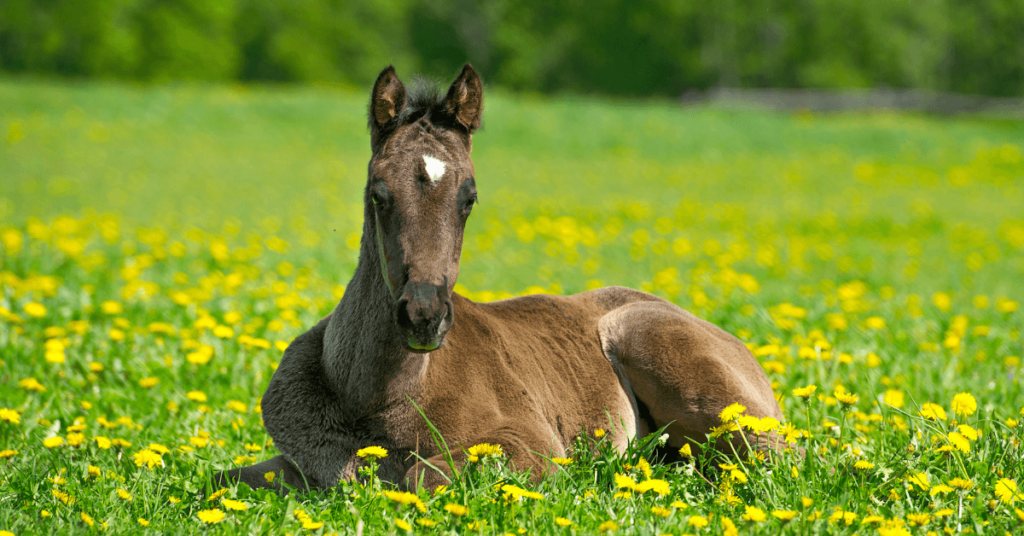
Names for Male and Female Baby Horses
Gender-specific names for young horses are used when they are between two and four years old. These horses are not quite adults but no longer babies.
A young male horse aged between two and four years of age is called a “colt.” Similarly, a young female horse of the same age range is called a “filly.” Some people might use “colt foal” or “filly foal” to specify gender in baby talk.
Both fillies and colts are still considered young horses, but they are beyond the weanling, foal, or yearling stages. A three-year-old filly is a good example of a young female horse not yet fully grown.
Weaning Your Baby Horse
Weaning is the process of gradually introducing your baby horse to an adult equine diet while withdrawing its mother’s milk. When to do this is debatable. Some people do it after the second month, others after the fourth month, and some wait until the foal is nine months old.
So, when exactly is the best time to wean a baby horse, you may ask? You can safely wean your baby horse after the third month. By this time, the horse is likely eating enough grass to maintain a healthy diet. With this extra nutrition, the youngling no longer necessarily needs to suckle to stay healthy. Weaning the foal will also allow the mother to regain her strength.
Some experts, however, have argued that weaning baby horses at the age of three months puts them at a higher risk of developing behavior problems and makes them susceptible to orthopedic diseases. Talk to a veterinarian to know the best time to wean your baby horse. A vet will examine the foal to identify potential health conditions that could arise if weaned early. They may also suggest ideal weaning procedures like letting the foal interact with other horses to reduce the stress of being separated from the mother.
Names for Male and Female Adult Horses
Once a horse reaches four years old, it is considered an adult horse. The terms for adult horses are more widely known.
An adult male horse is called a “stallion,” while an adult female horse is called a “mare.”
Additional terms exist based on breeding status. For example, a castrated male horse is called a “gelding.” Breeding males are often called “studs,” while breeding females are known as “broodmares.”
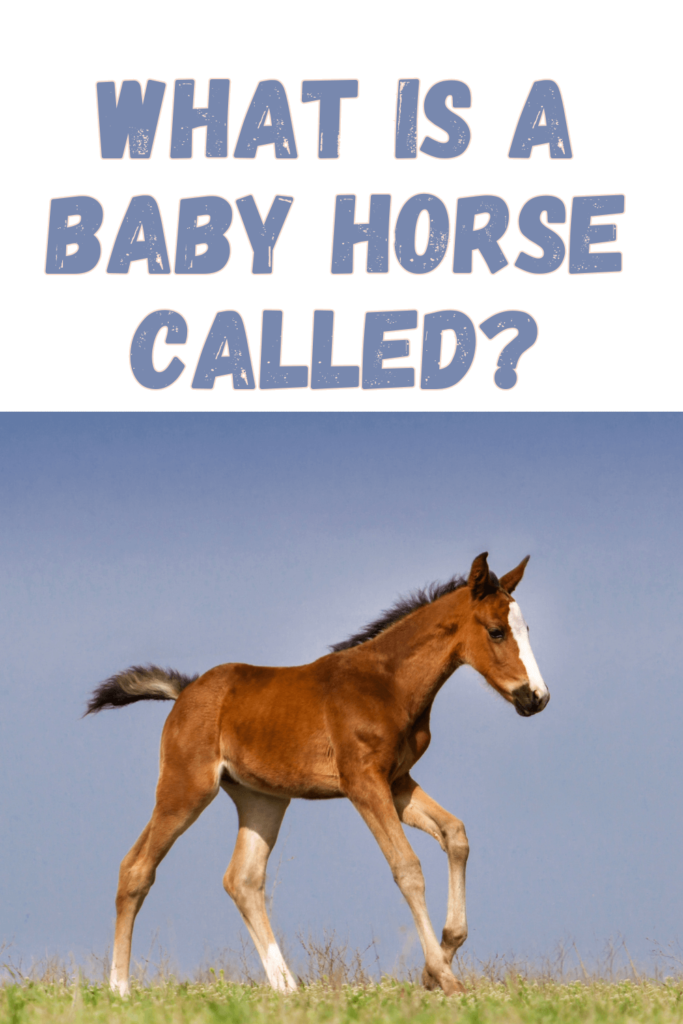
Interesting Facts About Baby Horses
Foals Have an Interesting Birth
Most foals are born at night to avoid predators, as horses are prey animals. They are usually up and walking within the first hour of birth. If a foal cannot walk within 24 hours, a vet should be contacted to ensure they are healthy foals.
Mare’s Milk is Essential for a Healthy Foal
It’s crucial for a foal to start nursing quickly to receive colostrum from the mare’s udder. This first milk is nutrient-rich and helps boost their immune system. A foal needs about half a gallon of colostrum within the first 24 hours.
Foals and Mares Share a Close Bond
Mares and their foals form a strong bond immediately after birth. The mare teaches the foal essential skills and keeps it safe. This bond helps the foal in the first months of life and is essential for their development.
Foals Sometimes Sleep Standing Up
While adult horses need only about three hours of sleep, young foals sleep for much longer periods. By around three months of age, they start to sleep standing up, a habit they learn from adult horses.
Deciduous Hoof Capsule
Newborn foals are born with a special covering on their hooves called the deciduous hoof capsule, which helps protect the mare’s birth canal during delivery. This capsule wears off shortly after birth, giving way to the foal’s regular hooves. If you would like to learn more about foal hoof care read my post here.
Questions people ask
Why are baby horses called ponies?
Some people might think when they see a baby horse it is a pony because of its small size. A pony is a horse that stays small. Small ponies are 12.2 hands (50 inches, 127 cm) and under, medium ponies are over 12.2 but no taller than 13.2 hands (54 inches, 137 cm), and large ponies are over 13.2 hands (54 inches, 137 cm) but no taller than 14.2 hands (58 inches, 147 cm). Wikipedia
Conclusion to what are baby horses called
This guide has explained the various terms for a baby horse. Most commonly, young horses are called foals, transitioning to weanlings after six months and yearlings after one year. Gender-specific terms like colt and filly come into play at two years of age. By four years old, horses are considered adults and are referred to as stallions, mares, geldings, studs, or broodmares.
With these terms, you’ll always know what to call a horse at any stage of its life! Next time you encounter a baby horse, you’ll be well-versed in the correct terminology.
Please share and save a pin to Pinterest. Leave a comment below! I would love to hear from you! Have a fabulous day!
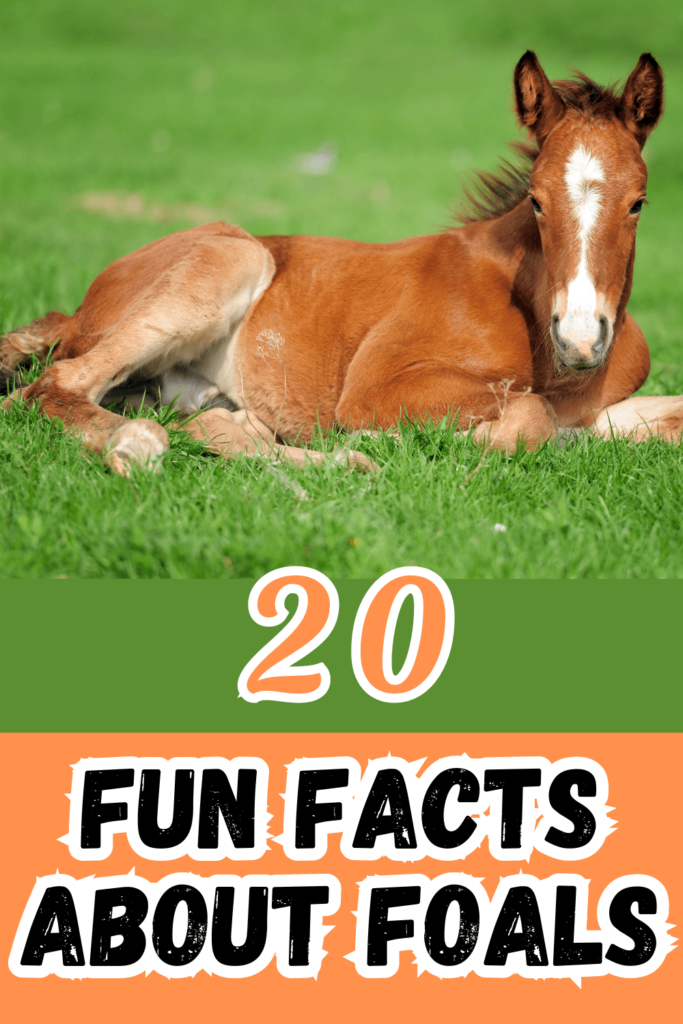
Other posts you will like:
Horse Sunburn Treatment and Easy Ways to Protect Your Horse
The Cremello horse – Amazing Photos and Facts
Gypsy Vanner Horses – 17 Unbelievable Facts About this Beautiful Breed
